CEO Blog: Engaging passengers to drive long term loyalty
21 March 2023, UK
The challenges of the pandemic remain for many agencies and operators, with ridership looking to have permanently changed.
David Maitland, Vix CEO, explores how we, collectively as an industry, can work together to better engage passengers to drive loyalty, and ensure public transit remains for decades to come.
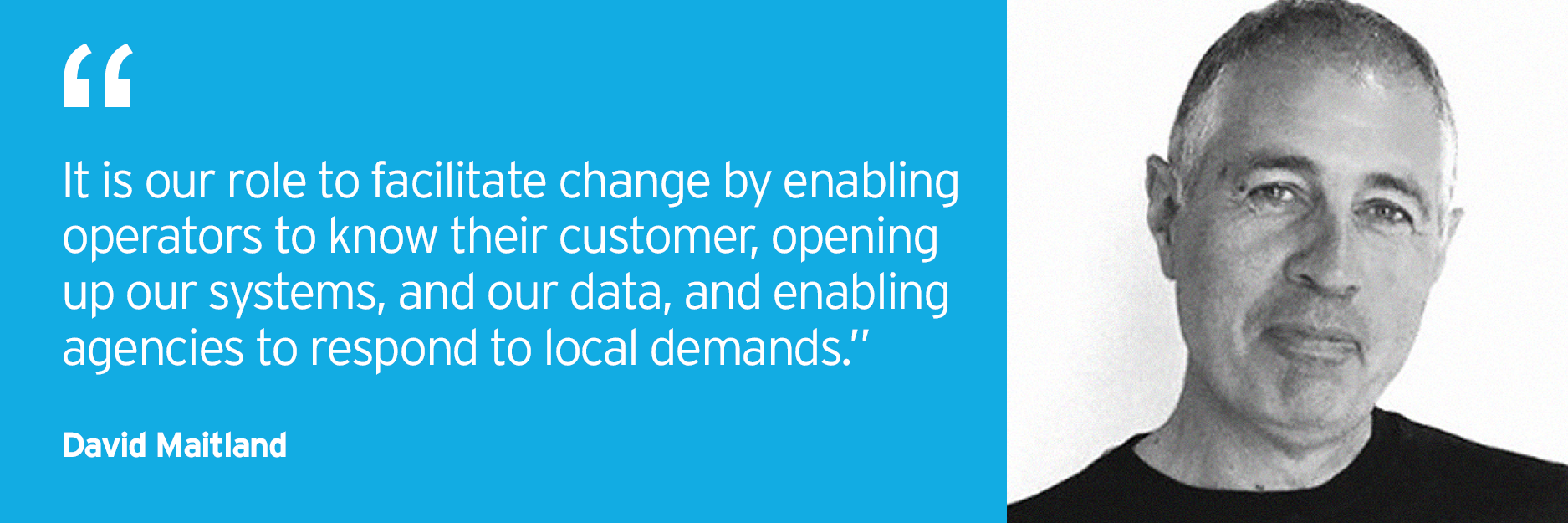
The world is opening up, and yet the opportunities and challenges of the pandemic remain.
Public transport is used, at one time or another, by almost everyone in a city or region, and is a key driver to improving their lives, environment, and well-being. It’s a major contributor to reduction in pollution, and by extension provides significant health benefits to communities. Congestion is reduced; freedom and mobility are amplified. And money invested in transit can be demonstrated to create substantial economic returns and growth for cities and regions across the globe.
In the landscape of smart cities, urban transit holds a special place.
Yet with that fulfilment comes many challenges.
How public transport usage has changed
As we are all acutely aware, the need to encourage people back onto our public transit systems remains. The majority of agencies and operators are still running at between 70 and 80 percent of pre-pandemic ridership and as a result, the economics of public transit are challenging to say the least.
Almost all of our customers, and many others in the industry, continue to cite the challenge of encouraging riders back onto the transit system as key to unlocking all the other benefits that public transit can bring.
And once we get people back on to public transport, the next big challenge is to keep them coming back. This is where we have to think differently because fundamentally the world has changed, and so has the passenger.
Gone is the commuter, here is the leisure traveller.
Leisure travel is back to more than 100% of pre-pandemic levels, whilst commuter traffic remains substantially below, and this is likely to continue. The key difference between the commuter and the leisure traveller is that the leisure traveller has choice, which means that building passenger discretionary use becomes a much more important goal for public transport operators now than it was previously, when operators could rely on commuters who had to travel using their service.
Building passenger loyalty: the challenge for public transport today
So how do we, as an industry, support our agencies and operators to not only encourage riders back onto the system, but also retain them for years to come, in an environment where there is continually more choice.
How do we make public transit the traveller’s first choice?
How do we build loyalty and repeat usage…?
what are the key drivers for loyalty?*
- Value for money e.g. discounts
- Service and convenience e.g. use of contactless payments
- Cleanliness and safety (these are more hygiene factors and can only act as detractors from loyalty)
- Engagement: the level a citizen feels engaged and affiliated with public transit (and the agency) and their perception of its relevance to their lives
*Reference: van Lierop, D., Badami, M., & El‐Geneidy, A. (2018). What influences satisfaction and loyalty in public transit? A critical review of the literature. Transport Reviews, 38(1), 52‐72
Out of the four key drivers for loyalty, it is engagement that I think deserves more consideration. Historically, agencies and operators, and service and technology providers too, have focused on the first three points and applied a very traditional “marketing” approach towards promoting the use of public transport networks.
However, if you truly want to drive loyalty, then you also need to engage your passengers, and build a meaningful relationship with them. We need to look at a new paradigm for improving loyalty, especially amongst users who have much more choice than many traditional riders.
How do we engage the passenger?
Recent research in the Netherlands found that building a personal connection to local public services leads to citizens’ increased use of public services including transit. This is no surprise to most people: you are much more likely to use a product or a service with which you identify, is used by others like you, or does things which fits your personal values and beliefs. In the case of public services it is also about having a chance to voice your views, the sense that you are being listened to, and that the public service has your wellbeing at heart.
I would like to suggest three strategies for transit operators to create engagement with customers:
1. Building a personal relationship with the customer
2. Having a local service that meets the needs and aspirations of the community
3. Being connected to the broader spectrum of public services that the customer interacts with, making it an integral part of their lives as citizens
The entire FMCG sector is built on the concept of creating a brand which consumers can identify with, and leveraging that brand to encourage repeat purchase. This is not an unknown idea in public transport, but the point I am making is that it is more than just the traditional marketing activity which many companies do. It needs to be situated in the local environment, and be founded on a deep knowledge of customers and their behaviours. In transit, examples of engagement may include getting involved in local events, seeing the transit system as the key way to get around a city, and linking leisure activities to the ability to travel by public transport.
What do you need from your fare collection system to help build passenger loyalty?
So how can we, as an industry, help agencies and operators to deliver on engagement and therefore loyalty and repeat usage? If the agency is truly going to focus on engagement then it needs three things from its fare collection system:
1. To build a personal relationship with the customer, it needs to collect and make use of passenger data.
2. It needs to ensure that it has a solution which is powerful enough to meet the needs of the local community and adaptable enough to respond to changes in passenger behaviour or local events.
3. It needs the flexibility which comes from having open and interconnected systems, enabling it to situate transit in the wider ecosystem of the city and make it a part of citizens’ everyday lives.
1. Own your data, own the customer
Last year at Transport Ticketing Global, I commented on the need for the agency to own the relationship with the customer, and I have not changed my position but this research just reinforces it. We need to learn from other direct to consumer industries who go to great lengths to build an understanding of their customers and so build loyalty and repeat purchases. We only need to see the success of targeted Google ads to understand the value of knowing your customer.
Understanding how riders use the network is critical to building a personal relationship with them. If you know when a person travels and how, you can create a relationship with that individual, providing personalised solutions and offers which match their needs and aspirations. This is not new, it is just direct to consumer marketing and has been very successful over the years.
To achieve this, you must have data and knowledge on your passenger in order to build an understanding of the passengers’ needs and wants. In the past, we didn’t need to worry so much about this as commuters would turn up anyway. But in this new world where there is more choice, that data will become much more valuable, and we all need to work better together to harness and act on it.
2. Respond to local needs
To build engagement with the customer we need to demonstrate the localised nature of the service: that it is built for and reflects the local culture and geography and delivers social impact.
I heard a great story about an agency who changes their services according to the location of different markets in the local region. This enables residents in the region to easily travel to their local market even though it moved around the region to different towns. It has the added positive social impact of enabling citizens in the region to see other places and engage with others.

That adaptability to local needs and changing conditions also delivers operational benefits. For example, if you can predict passenger flows, then you can adapt the service through the week, knowing what to do to stimulate demand or throttle it in order to match operational priorities. This is not about providing real-time mobility on demand which can be very expensive and generate a mixed passenger experience, but a way of better matching supply and demand to improve overall efficiency and improving the passenger experience without the cost increase.
To enable this, you don’t give a cookie cutter solution. You need to engage with the local citizens, and respond to their cultural differences and their local needs. And you need powerful, adaptable fare collection systems that allow transit operators and agencies to respond quickly to changes in travel patterns, events and wider social trends.
3. Embrace open systems
Finally, we need to think of transit as part of a wider urban ecosystem, to make our cities smarter. We tend to think of transit networks as being independent of many other systems and yet in reality, fare collection and other transit systems are likely to become more and more integrated with wider urban ecosystems over time, which means in turn that our technology needs to enable that.
The city of tomorrow, with electric vehicles, road charging, and smart technology helping to improve the lives of citizens will continue to have transit at its centre, enabling that interconnectivity.
Examples
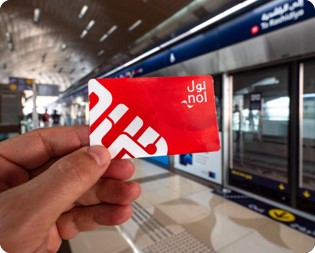
Dubai: NOL
This system enables citizens to use their transit card in a range of retailers, enabling the under banked to avoid the challenges of cash.
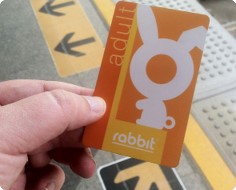
Bangkok: Rabbit
Integrates transit with the life of citizens; enables them to use the card in retailers and other services in the city, but is also a loyalty card.
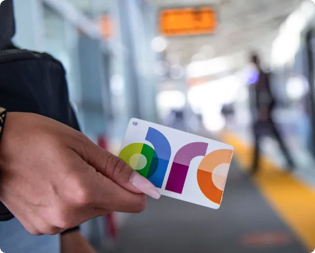
Edmonton: ARC
Set to become a true citizen card and enable access to parking, tolling as well as a range of public and city services from that card.
To make all of this work, we need to embrace not only open systems with APIs that can enable these connections across different areas of public life, but an open-minded approach to how we imagine smart cities and the role that public transit has to play in citizens’ lives today and in the future.
Fare collection systems can have a life of 10 to 15 years and so choices made now need to be able to adapt to a society and environment which is likely to be very different during its lifetime. The future is going to be open. We need to prepare for that.
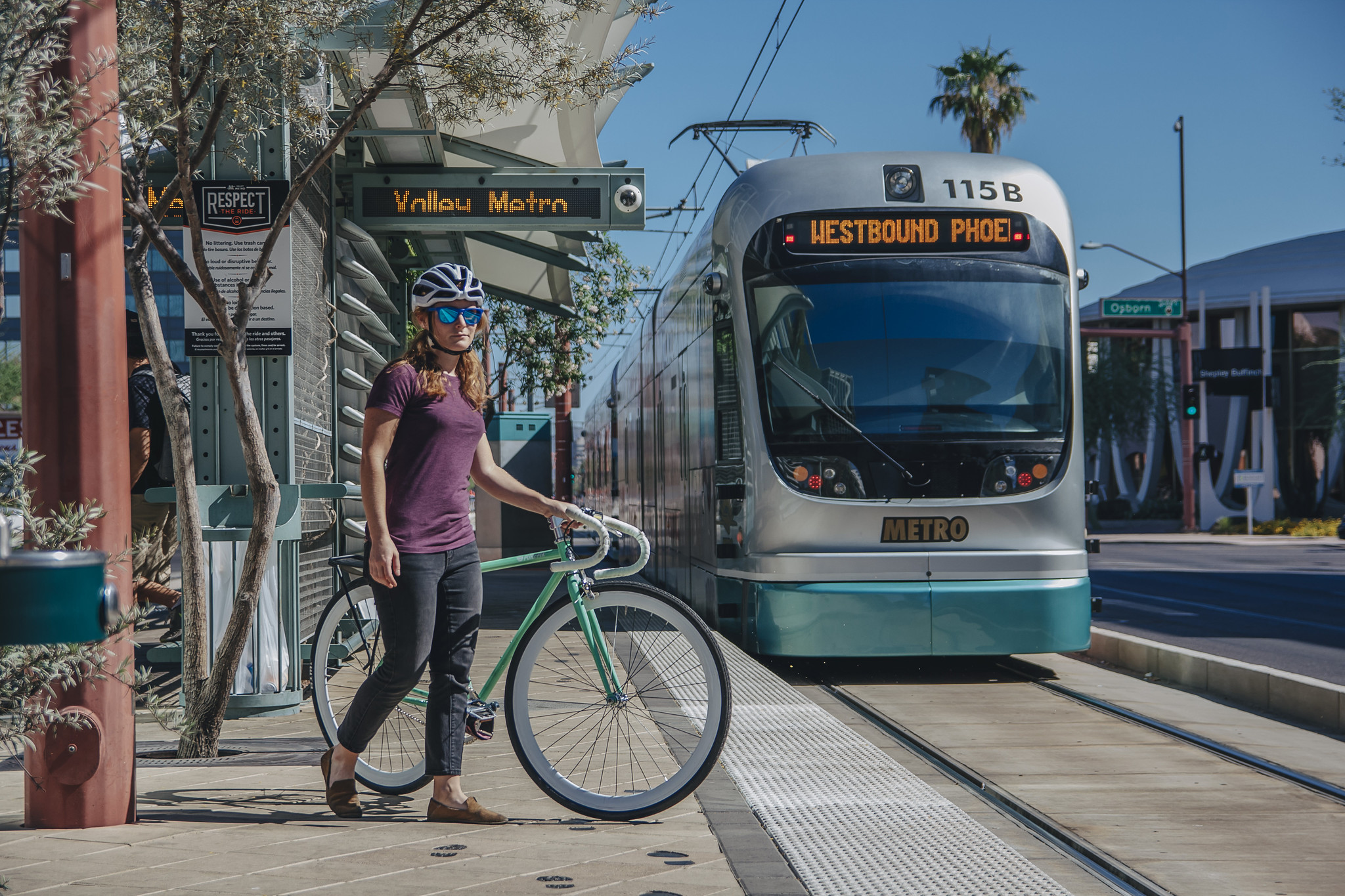
It’s time to build an engaged community
The challenge of encouraging a new breed of passengers back on the transit systems in a city or region remains a compelling priority. New patterns of travel mean that the traditional approaches of discounting or convenience is not going to be enough for many agencies, and so there needs to be a focus on building a new relationship with passengers. We can no longer assume that passengers will ride as a necessity, but rather through choice. How successful an operator is in encouraging citizens to actively choose to travel by public transport repeatedly will be a key measure of their success, and this means that they will need to focus on building loyalty: increasing the intention to use the service, willingness to recommend it to others, and importantly feel an affinity and engagement with the service.
It is our role as an industry to facilitate these changes by enabling the operator to know their customer and their behaviours, opening up our systems and our data, and enabling agencies to respond to local citizen demands and focus areas.
I encourage agencies and operators to explore the following questions:
- How can we make better use of data to truly join up our efforts to build relationships with our users?
- How can we design transit solutions that reflect the shifting needs and aspirations of local communities?
- How can we build open systems that will help us deliver the smart cities of the future?
Our challenge as an industry is to shift our focus away from the technology of hardware, software and payments, and start thinking of how we adapt our solutions to help solve some of the larger challenges and objectives of our customers, delivering an agenda which truly delivers social impact, environmental sustainability, and helps make people’s lives better.
